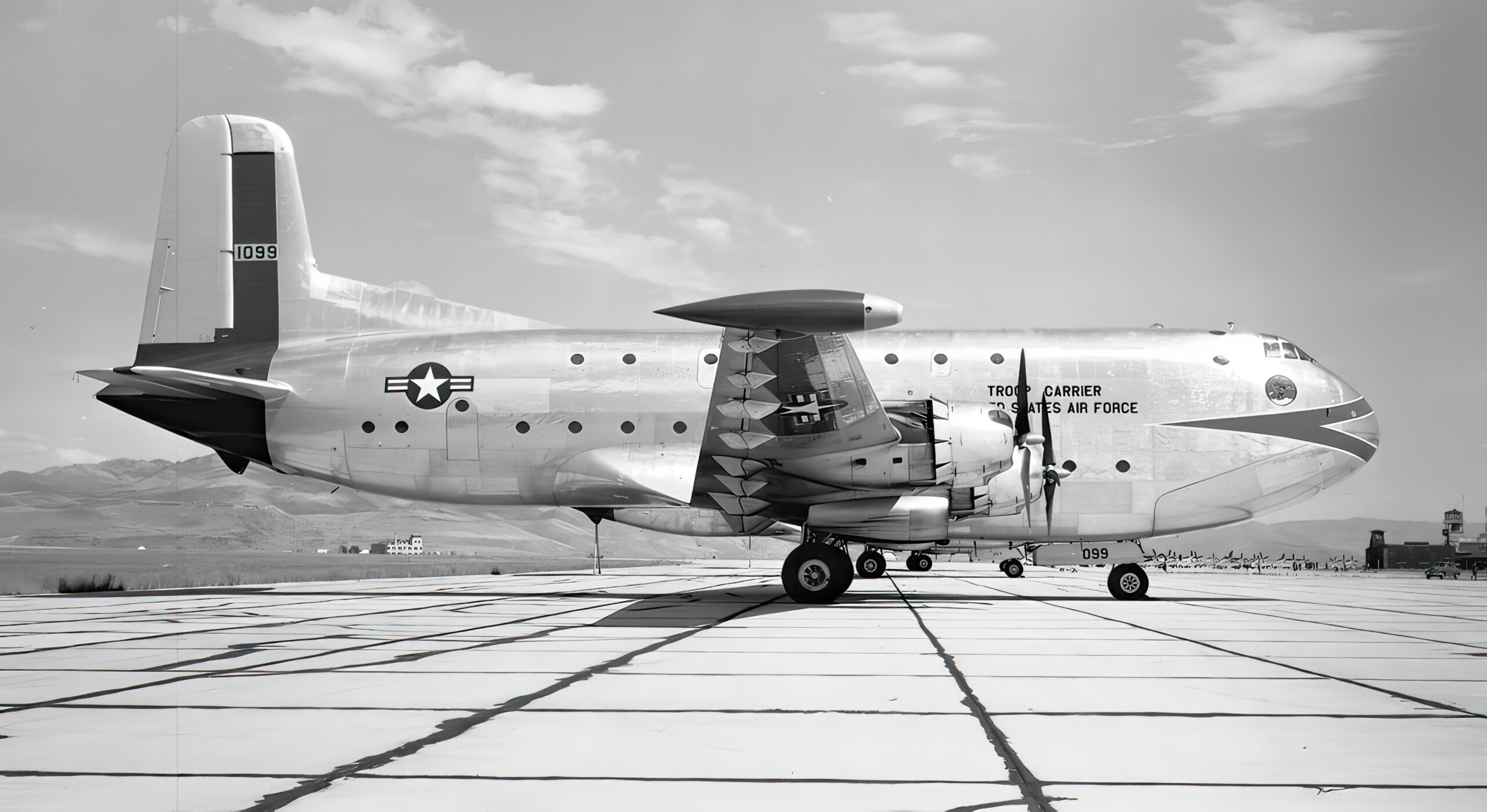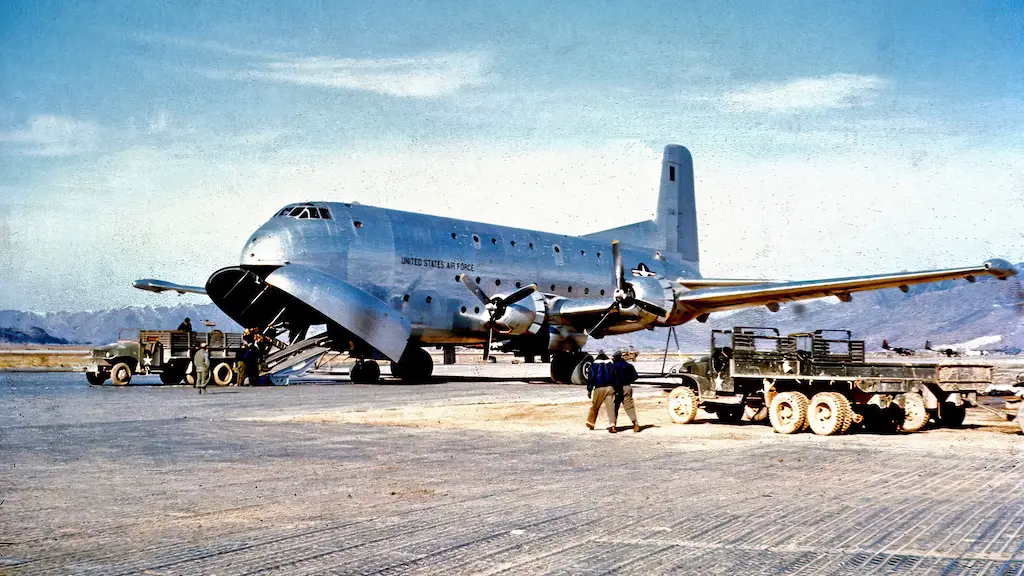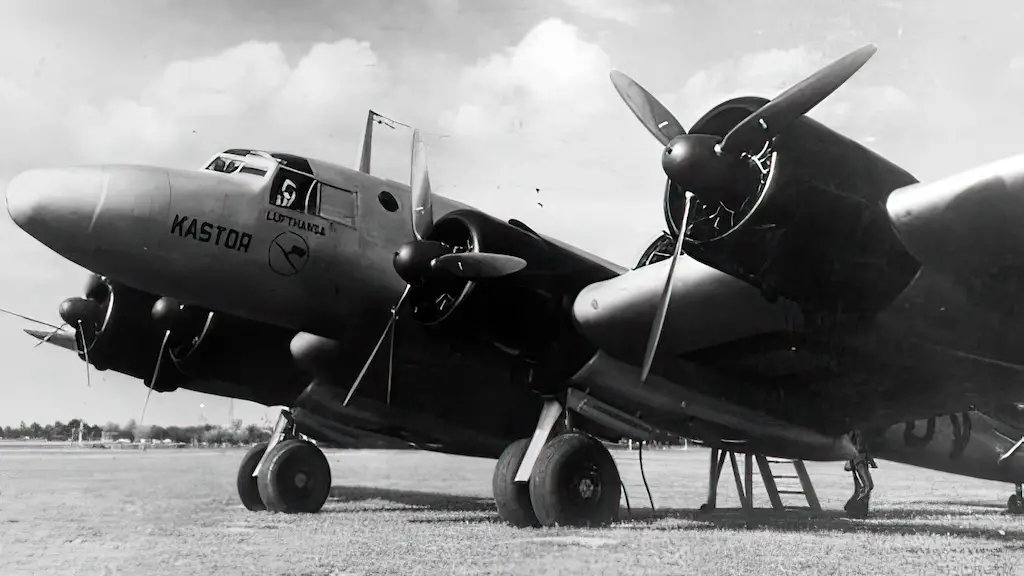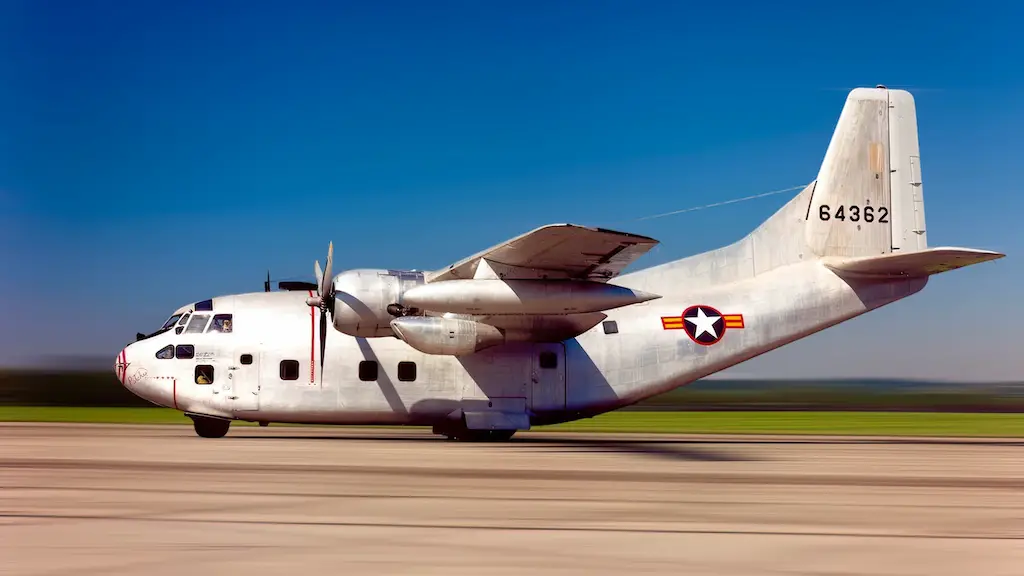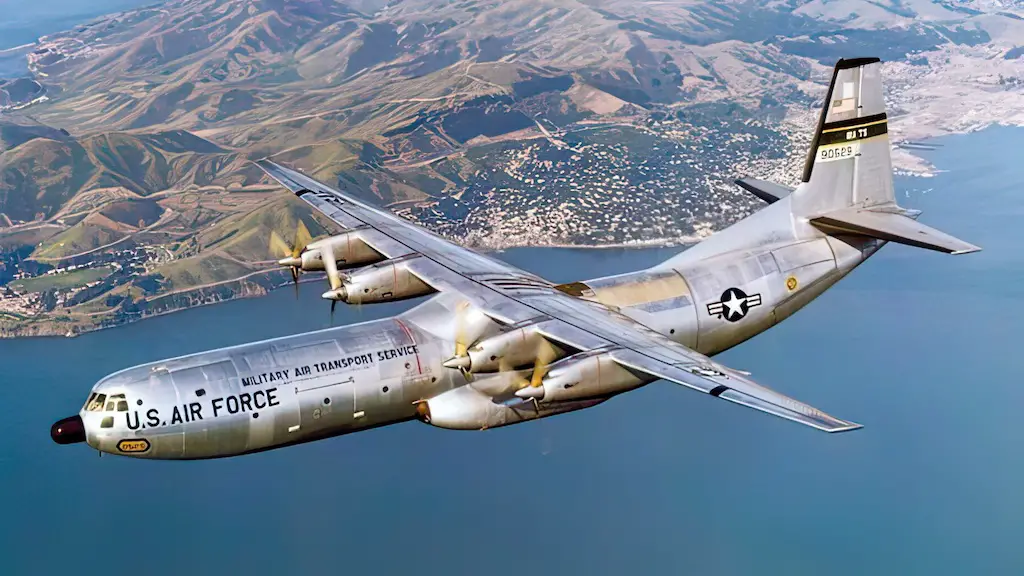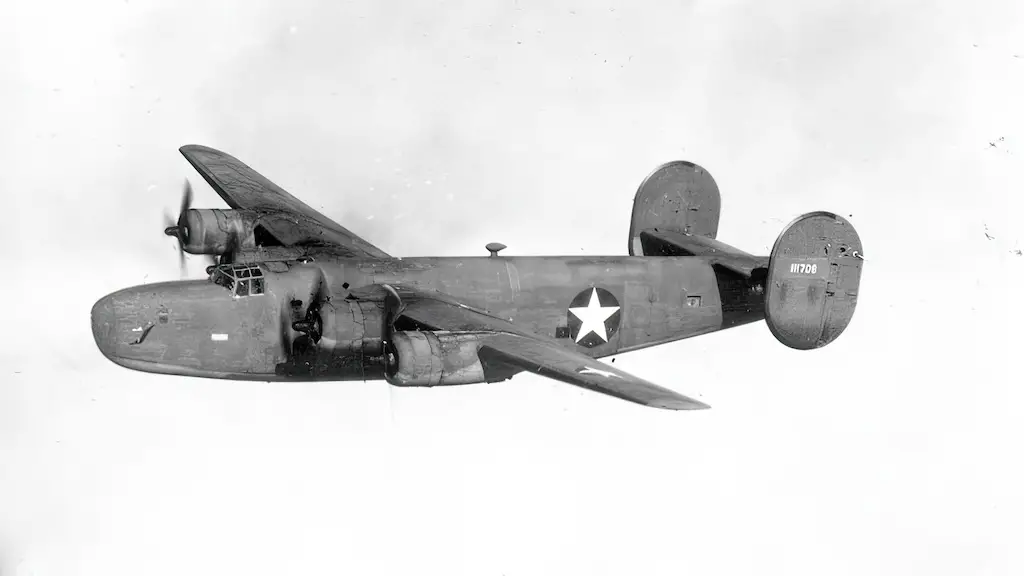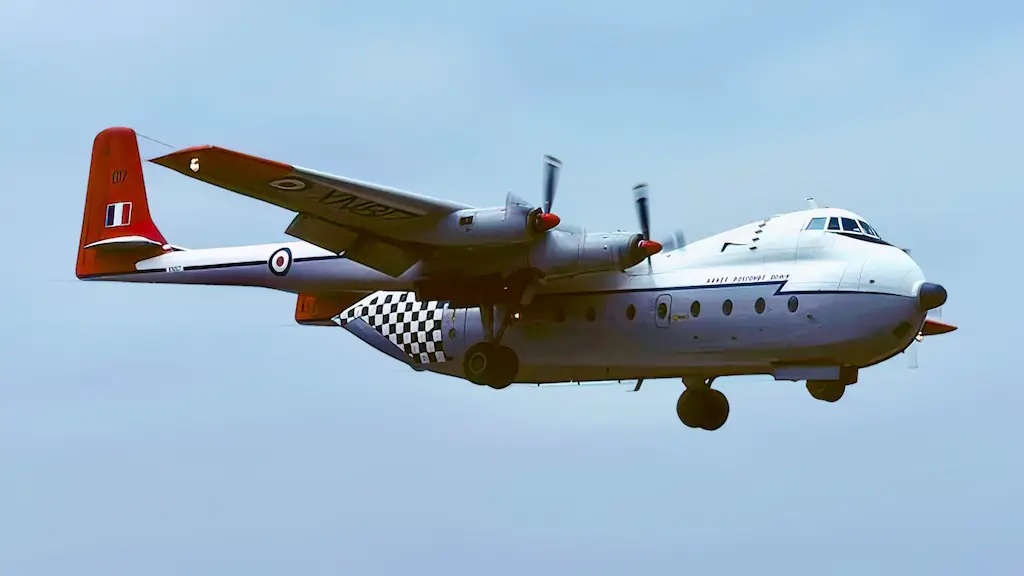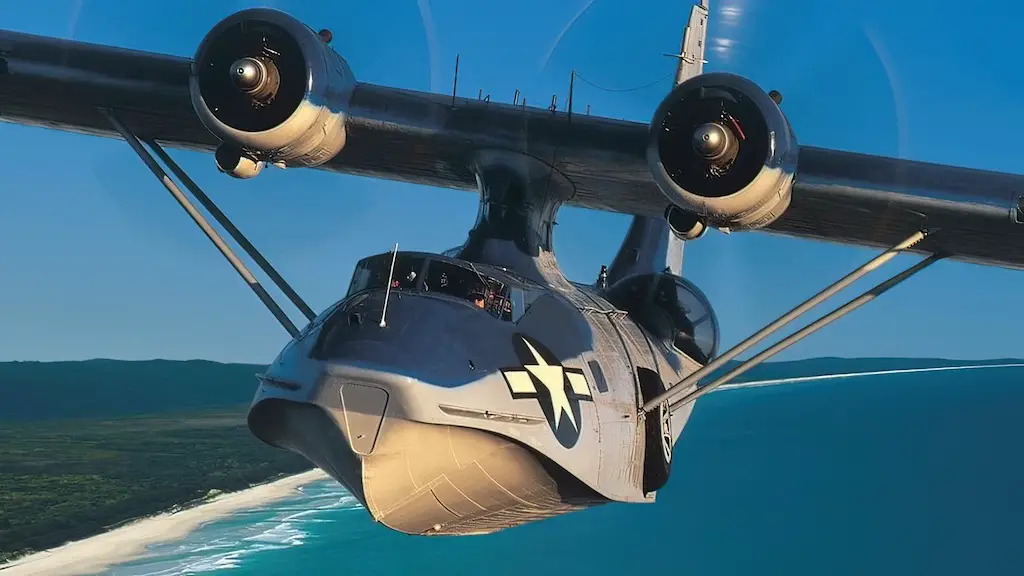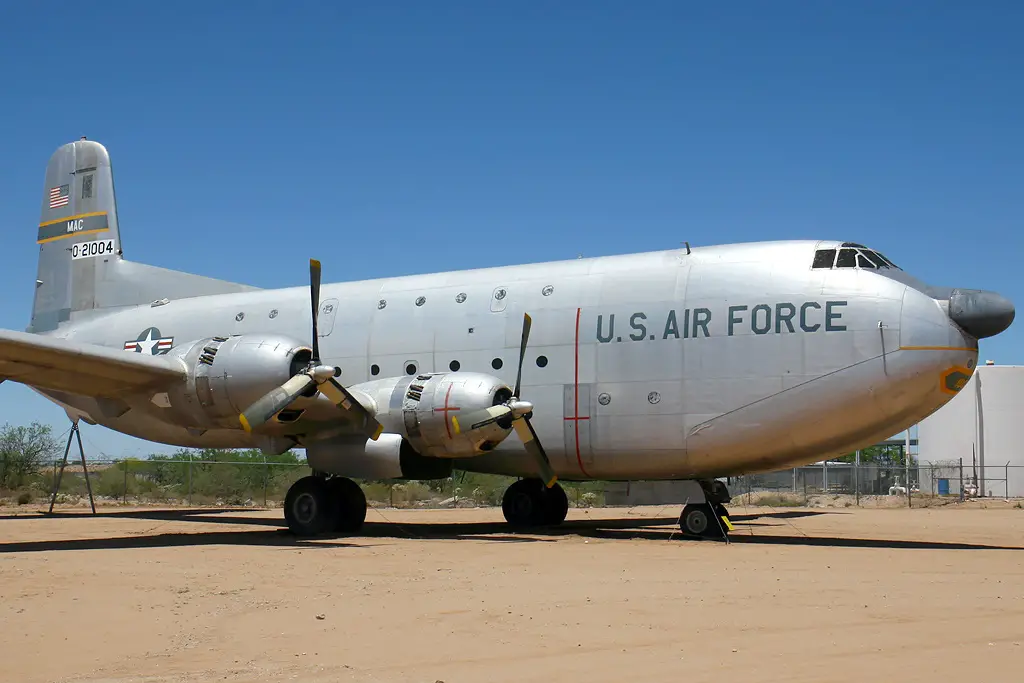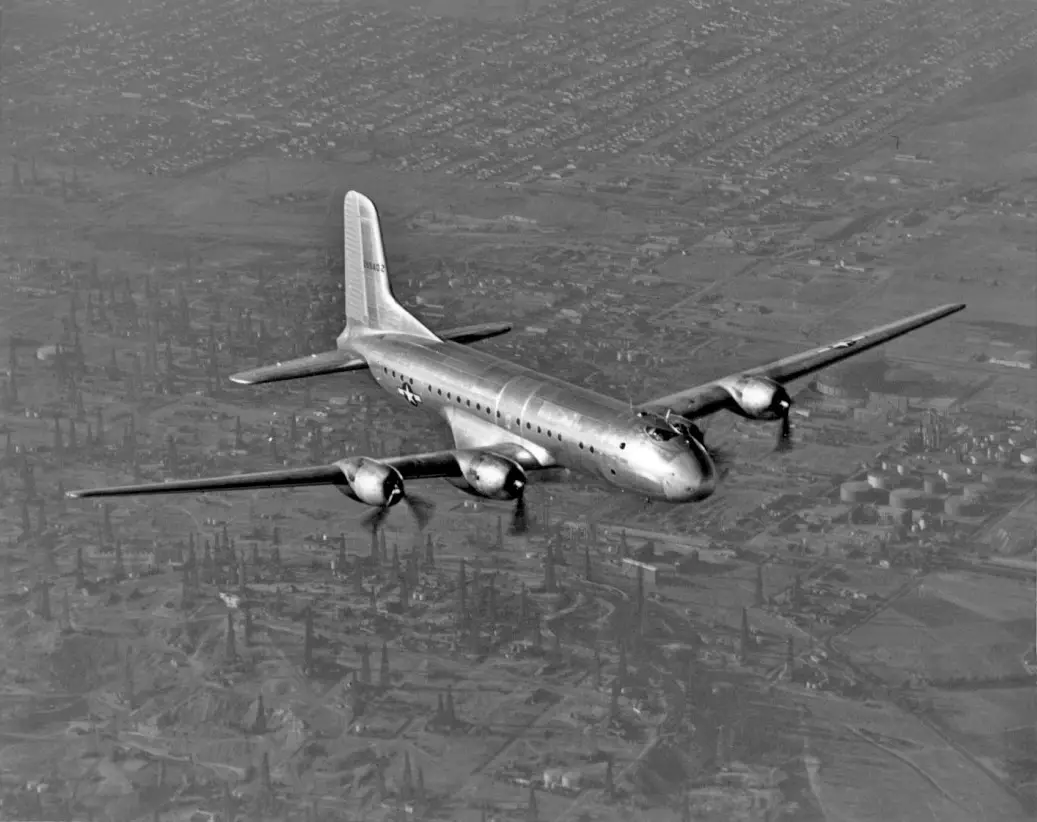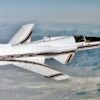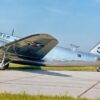The Legacy of the C-124 Globemaster II
The C-124 Globemaster II, an aircraft that evokes a sense of marvel, was a prominent figure during the Cold War era. Its colossal size and expansive cargo hold made it ideal for long-distance transportation missions. However, the narrative that envelops the C-124 truly sets it apart.
The engineers and designers at Douglas Aircraft Company dedicated themselves wholeheartedly to the creation of this aircraft, and their passion is evident in every aspect of its design. Their vision was to fashion an aircraft that could surmount any challenge, be it delivering crucial supplies during wartime or evacuating wounded soldiers in the field. Their efforts exceeded even their most optimistic projections.
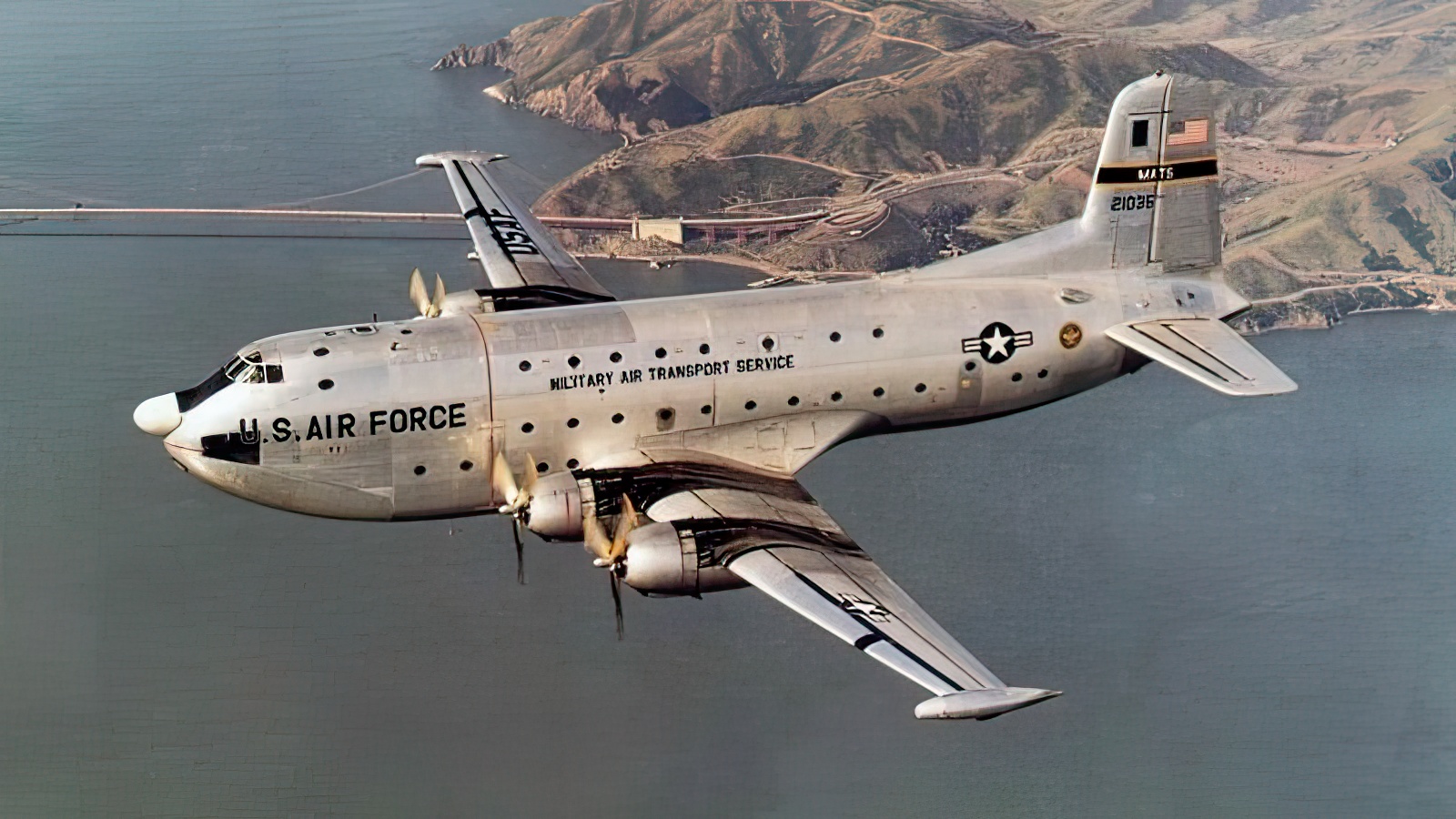
The Birth of the C-124 Globemaster II
In the late 1940s, the United States Air Force realized that it required a transport aircraft that was larger and more capable of efficiently supporting its operations during the Cold War era. It was then that the development of the C-124 Globemaster II commenced. Interestingly, the contract to develop this aircraft was awarded to the Douglas Aircraft Company, and the project was initiated in the year 1947.
The inception of the C-124 was rooted in the C-74 Globemaster but with a slew of critical enhancements. The most noteworthy of these was the augmented cargo hold, which could accommodate a larger volume of cargo and more colossal items such as vehicles and tanks. The C-124 boasts a more potent engine and a lengthier range than its predecessor, making it perfect for long-range transport missions.
A paramount obstacle in designing the C-124 was guaranteeing its seamless operation in a variety of weather conditions and unforgiving environments. To surmount this challenge, the aircraft was outfitted with state-of-the-art weather radar and de-icing equipment to facilitate its operation in adverse weather conditions. Additionally, it had a reinforced floor to withstand heavy loads and a cargo ramp that could be lowered to facilitate the effortless loading and unloading of cargo.
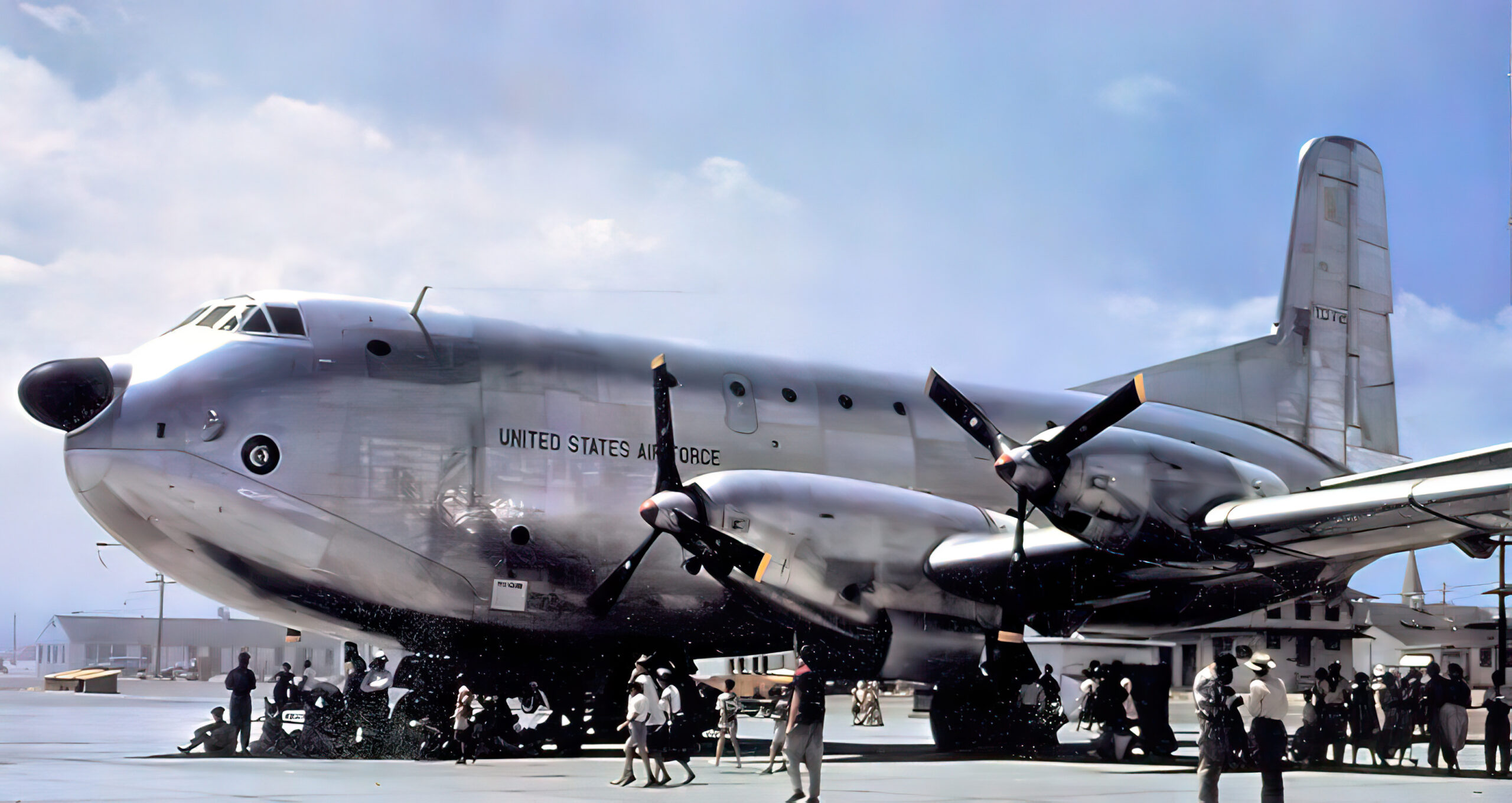
Operational History
The C-124 Globemaster II boasts a rich and varied operational history spanning several decades, during which it participated in many military and humanitarian missions. Pilots and crews favored the aircraft for its versatility and reliability, and its contributions to major conflicts such as the Korean and Vietnam Wars are widely lauded. Throughout the Korean War, the C-124 transported troops, weapons, ammunition, and heavy equipment to the front lines, critical in evacuating wounded soldiers from the battlefield. In the Berlin Airlift, the aircraft delivered thousands of tons of supplies and food to the blockaded city, providing a lifeline to its citizens during a time of tense East-West relations.
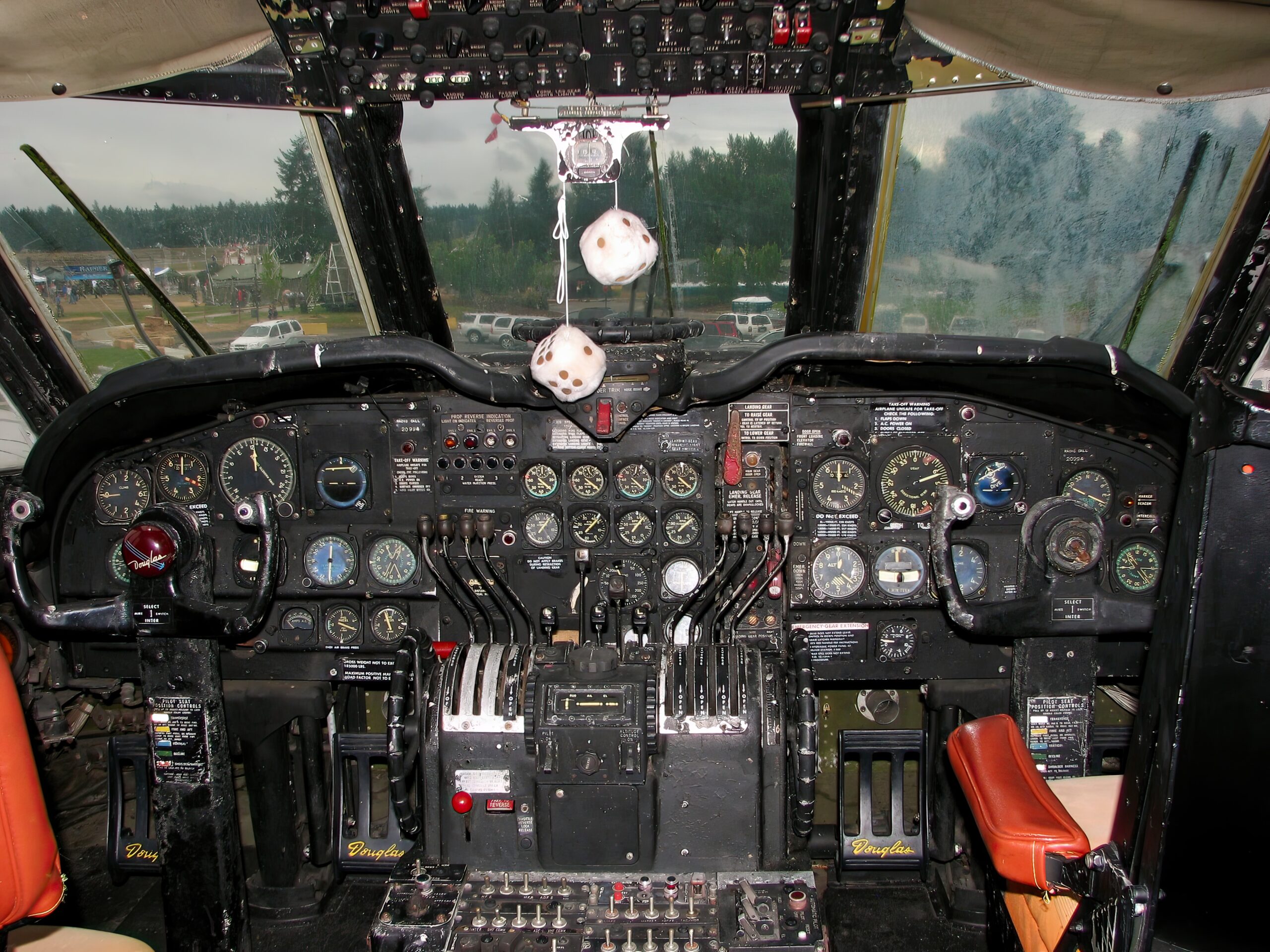
Retirement
While the C-124 had a long and distinguished service history, it was not without its challenges. The aircraft’s maintenance requirements, performance limitations, and safety concerns all contributed to its eventual retirement. However, the C-124 remains an important part of aviation history and a testament to the ingenuity and dedication of the engineers, pilots, and crews who designed, operated, and maintained it. Today, a few C-124s can still be seen on display in museums and aviation collections around the world, serving as a reminder of the aircraft’s contributions to military and humanitarian missions and its place in the evolution of transport aviation.
